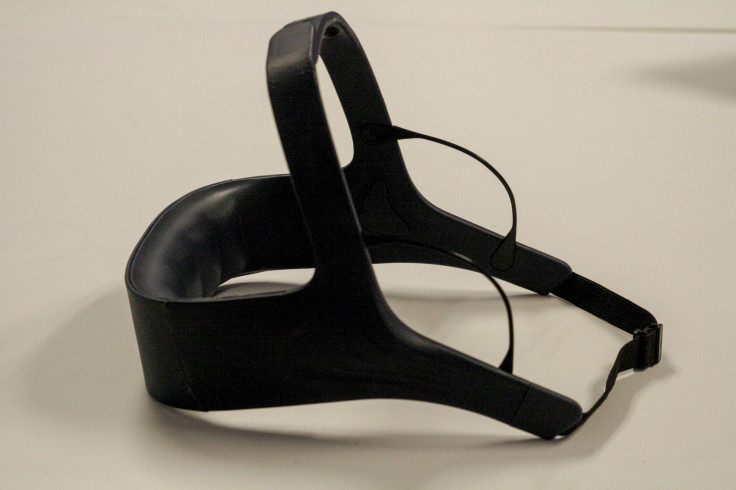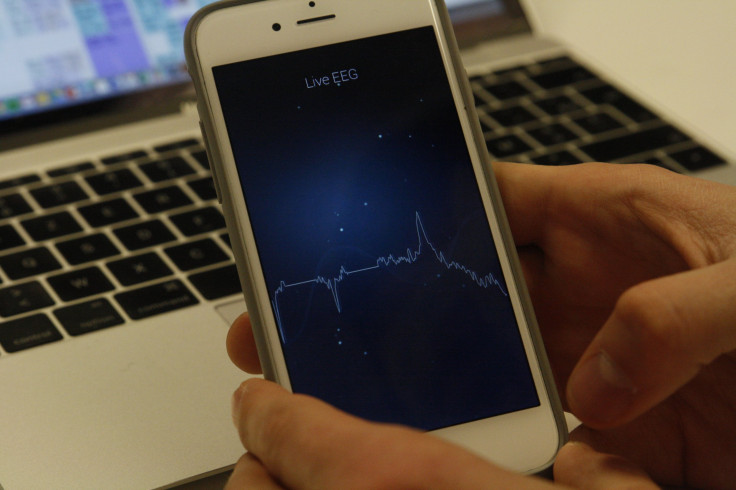Dreem Brain Scanner Aims To Improve Sleep Quality For $349

What if there was a gadget that could enhance the quality of your sleep, so that you needed to spend less time in bed to feel fully rested? The Dreem, available for early access sign ups Thursday from creators Rythm, aims to do just this. The headset straps on, reads brainwaves, and with an onboard computer aims to influence the user’s sleep at the right points with audio. Best of all, when it launches later this year it’ll be priced at just $349.
The device pumps “pink noise” audio into the bones at exactly the right moment to push the user into deep sleep. Bone conduction headphones, like the Aftershokz Trekz Titanium that IBTimes reviewed earlier this week, vibrate the bones to send music rather than placing a tiny speaker in the wearer’s ear.
I tried on a prototype of the Dreem with the help of Rythm CEO Hugo Mercier, and while I was unable to take a nap during our session, the use of bone conduction made sense as it meant no uncomfortable earphones that could fall out or get stuck.

In natural sleep patterns, people drift in and out of deep sleep multiple times throughout the night. The Dreem aims to sense when someone is drifting out of deep sleep, and play special audio to keep them in that state. The headgear has a range of sensors, including an electroencephalogram (EEG), with all the analysis done inside the headgear to avoid any wires trailing around.
The headgear will also wake the user up at the right time, when it senses they are drifting out of deep sleep. Apps like this already exist, like Sleep Cycle for iOS, but they depend on using the phone’s accelerometer to judge when a person is waking up based on movement. The Dreem measures the actual brainwaves to work out what’s going on inside.
It all hooks up to a smartphone app for both iOS and Android, which gives detailed breakdowns of sleep quality and brain patterns. The version I tried showed a realtime graph of the current brain activity, with a spike whenever I blinked.

The brain scanning technology behind the device is particularly interesting, and it’s easy to see how it could be applied to numerous future applications. What about a virtual reality kit that senses the user’s brain activity, adapting the virtual world in the process? Or a music app that changes the song depending on mood? The Dreem may be focused on just sleep, but the potential for what Rythm has created here is fascinating.
© Copyright IBTimes 2024. All rights reserved.






















